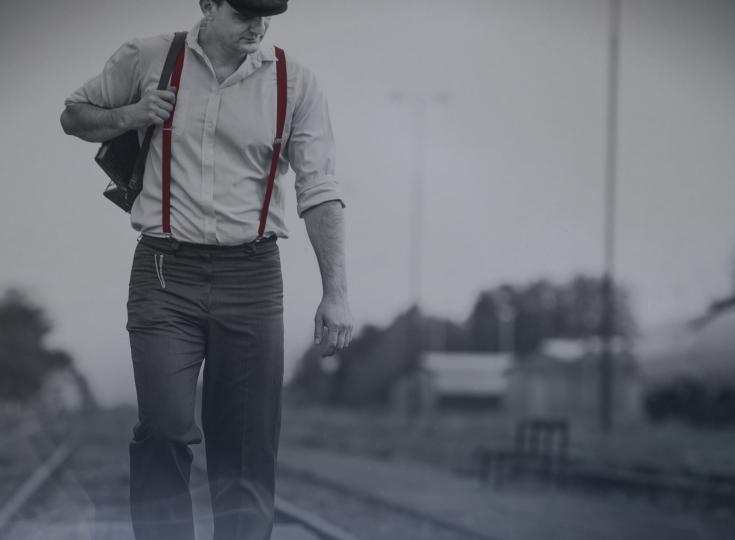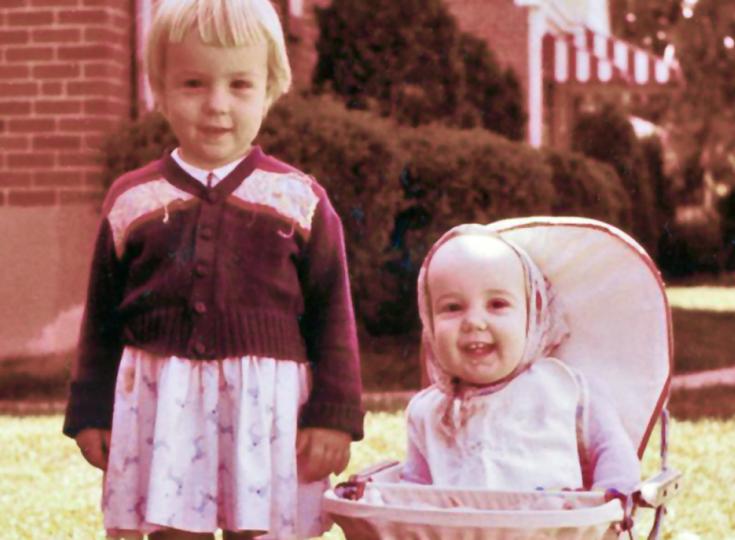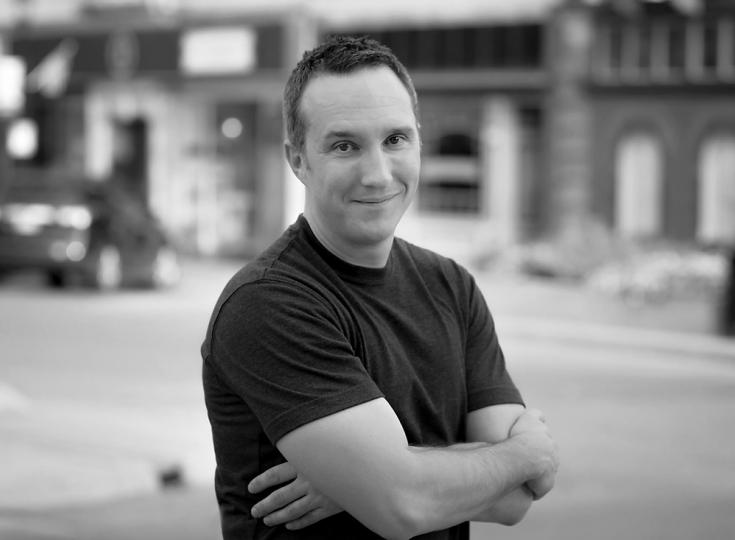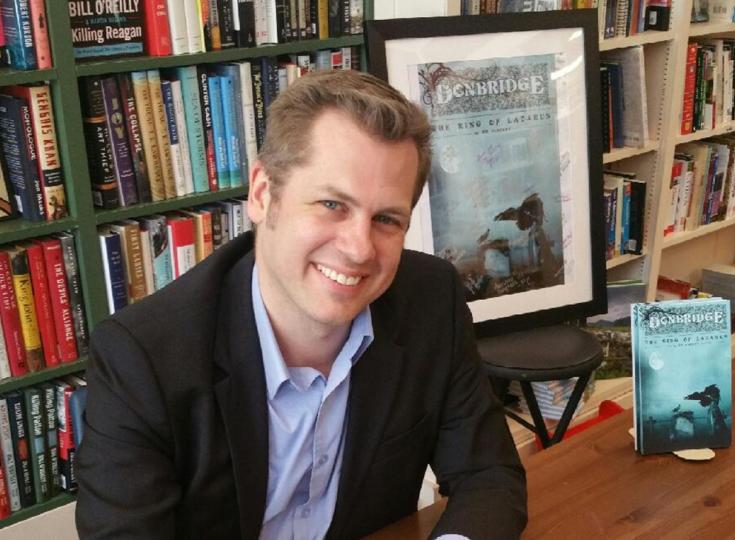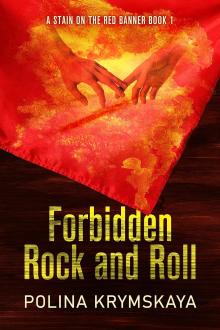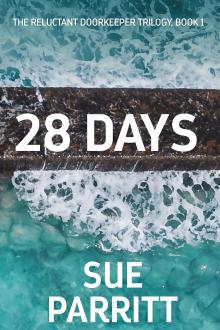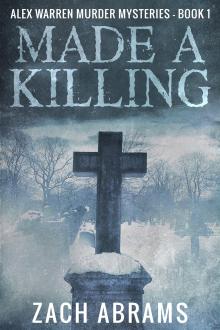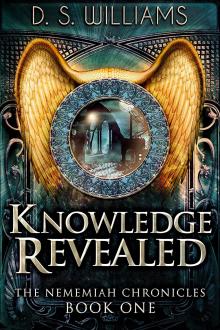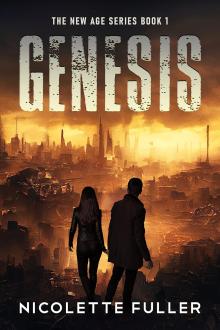Bruce Borgos - Writing About the Power of both Love and Land
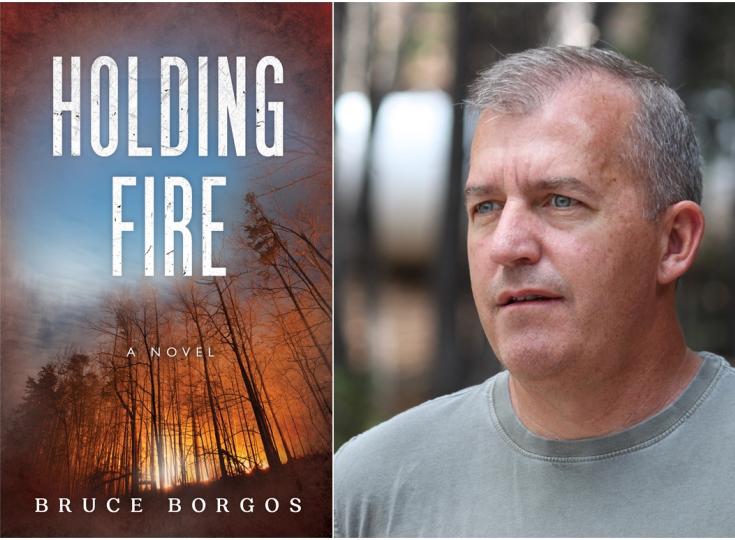
Bruce Borgos lives and writes from the Nevada desert. His debut novel, Holding Fire, was inspired by real life events in Nevada where cattle ranchers have been feuding with Washington for decades over land rights. As our Author of the Day, Borgos tells us all about it.
Please give us a short introduction to what Holding Fire is about.
Kirkus Reviews calls Holding Fire "A sensitive depiction of the power of both love and land." It's a story of the modern west and a dying way of life. The story centers around a crusty old cattle rancher, Harlan Hale, who has been at war with the federal government for more than twenty years over grazing rights. That war pulls everyone in--including Will Bearfoot, a Shoshone Indian sent back to Midas County by the bureaucrats in Washington to resolve the conflict. Will grew up there and left in shame. He's a traitor to his people. Neck deep in Harlan's war are two others, his son John Henry Hale, and John Henry's wife Jordan, Will's first and only love. It's a story of good people struggling against the forces of nature, not the least of which is the beautiful and terrible power of attraction, of instinctive love.
What inspired you to write this book?
Real life events in Nevada where cattle ranchers have been feuding with Washington for decades over land rights. Cliven Bundy is one of those ranchers, and he and his family have received a great deal of media attention in the last few years, most notably because of an armed standoff with the federal government. Harlan Hale is not Cliven Bundy, but he is based on the experiences of Bundy and a number of other ranchers in the area.
Tell us more about Will Bearfoot. What makes him tick?
Will had a tough upbringing, raised mostly by his mother on the reservation. His father, now the tribal police chief, is not Will's biggest fan. Working for the federal government makes Will's life that much more difficult, as it's the same government responsible for stealing the land of his people. He struggles with a commitment to his heritage and living in the 21st century. And the love of his life is Jordan Hale, and facing her after a twenty-year absence drives the dramatic tension throughout the book.
This is your debut novel. What has the experience been like so far?
It's been a lot of fun. The process of creating a novel takes over your life! Creating characters that move readers emotionally is a huge but very rewarding challenge.
You opted to tell the story from three different points of view. Why did you take this approach?
Ultimately, it was the most effective way to tell the story. The core issue--who should be controlling all this land--is complex and has driven people to violence. There are many points of view, all valid, and I wanted to represent those viewpoints honestly and without judgment.
Your book refers to real events in recent history. How much research did this require from you?
I started researching this book even before I knew how I was going to turn it into a novel, way back in 2000. I read everything I could get my hands on concerning land use in the west. I learned a great deal about the science of grazing cattle and fire management. I needed to understand the Western Shoshone viewpoint as well, so in addition to my online research, I spoke with a lot of people from these various walks of life.
Besides writing, what other secret skills do you have?
I can make you laugh, and I'm a great listener.
You describe Northern Nevada so vividly that people feel like they are there. How did you pull this off?
In my research, I took pictures, and in every chapter of the book, I tried to place myself right there. I remembered the smells and the sounds, and the tastes. Oh, and I've lived in Nevada for almost my entire life!
Readers loved your characters and found them very real and relatable. Were they inspired by real people?
Yes, again, Harlan Hale is really a composite of a number of ranchers in the west who have been waging this ongoing war over land use for many years. Cliven Bundy is the most well known, of course. Will's character isn't based on any real person, but I thought it would be an interesting twist to make the government's man a Shoshone because of the natural conflicts that would inspire.
Do you have any interesting writing habits? What does an average writing day look like for you?
Once I've completed the outline, I typically write 1,000 or more words a day. I don't worry about perfection when I'm cranking out words. I let them come out. Editing takes a long time, but you can't edit something if you haven't written it down to begin with.
You write about controversial topics with great sensitivity - why did you find this important to do?
There was a lot of press coverage about these events at the time--even now--and I found the whole notion of the modern day cowboy immensely intriguing. In today's world, with technology improving at such a rapid rate, with information moving across the globe at the speed of light, we still have cowboys who move cows around for a living? That dichotomy really caught me!
Who are some of your favorite authors and why?
I love Nelson DeMille and James Patterson and Jody Piccoult. They're great storytellers.
What are you working on right now?
My second book will be coming out in a few months (hopefully), and I'm just putting some thoughts down on paper about my third novel, which will involve the above ground nuclear testing that was done in Nevada in the 1950's and early 1960's, and the fallout that drifted across the desert and touched so many.
Where can our readers discover more of your work or interact with you?
My website is bruceborgos.wordpress.com, or people can find me on Facebook, of course. I welcome reviews on Amazon certainly!
